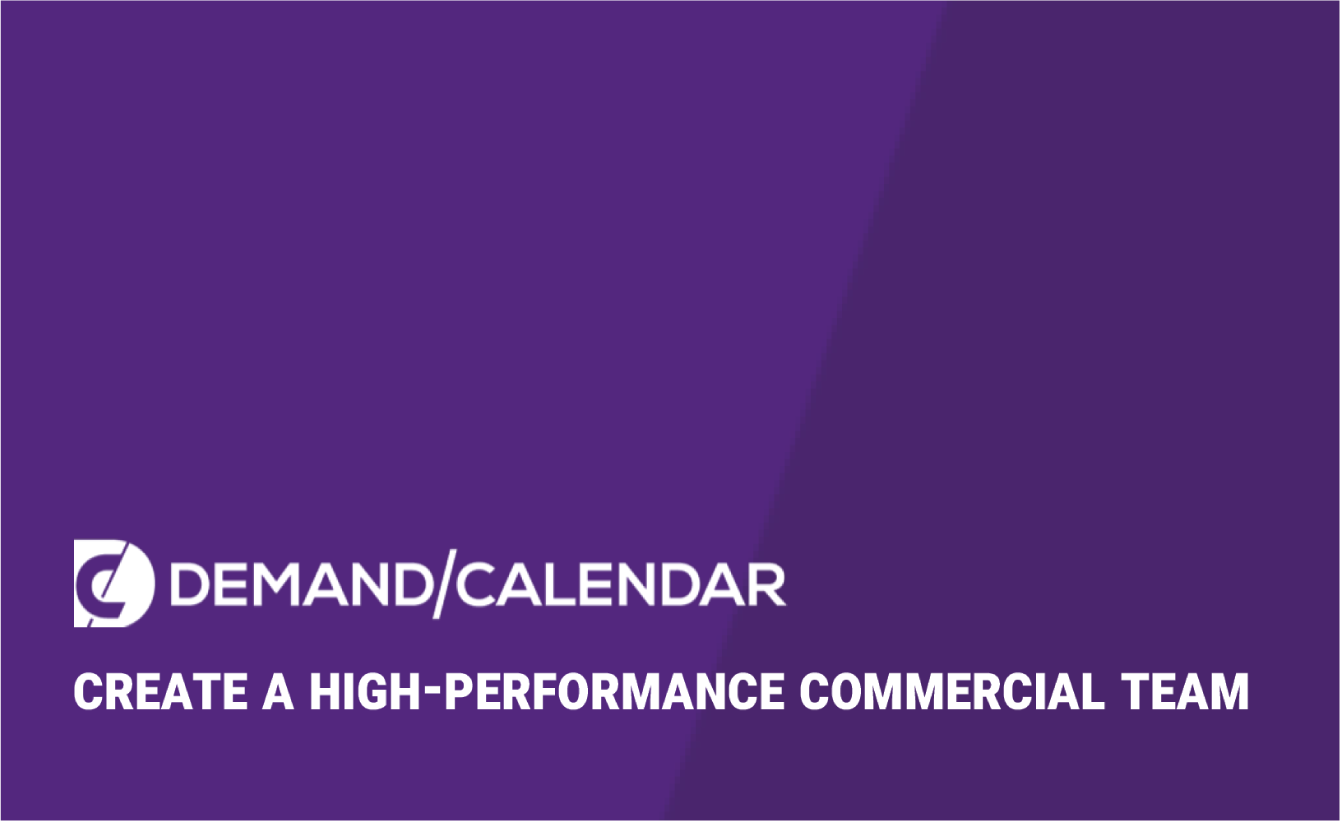The budgeting process for 2022 has already started in many hotel companies. It involves everyone from the board of directors and top management to general managers and department heads. Annual budgeting is a tedious process in many companies and takes time and resources from commercial activities and operations.
The commercial organization is responsible for the total revenue budget as a hotel's main reason for being in business is to sell hotel room nights. Everything else is features to sell more overnight stays. The commercial organization is responsible for bringing in revenue and fully accountable for the costs necessary to acquire the guests and customers. The goal is to maximize contribution or net income.
The fastest revenue budgeting process is a four-step process and should start early, possibly already in September.
Outlook for next year
The first step is to collect market data, information, and insights as a foundation for next year's budget. The basics include trends, opportunities and threats, destination events, changes in supply, and the overall economic development in the country and the destination. Another indicator for next year is on-the-books and customer expectations. Then, based on all the information, put together a presentation of the outlook for next year and present it to top management. After delivering your analysis, you will get feedback and a set of goals.
Total revenue budget
The second step is to update the demand forecast (rooms) day by day, including December 2022. Then, make a pragmatic forecast based on the market outlook while keeping the goals top management wants the hotel to reach in mind. Remember that the budget should be realistic, while the goals should stretch further to challenge the team.
When there is a first version of the room revenue budget, the next step is to budget all other revenue sources. Budget each significant source and put the rest on an account for additional revenues. It is a waste of time to budget each transaction account because the impact of the extra income is insignificant.
Again, put together the first version of the total revenue budget in a presentation and forward it to top management. Do not forget to add essential comments to support selling the plan to the decision-makers. You will get additional feedback and might need to rework some parts of the revenue budget.
Create strategy and activity plan
When there is a go-ahead, the third step is creating the strategy and putting together an action plan to ensure that the hotel reaches the budget and goals. Resources are not unlimited, so all costs need to be budgeted as well. Examples are labor costs, ad spend, expenses, commissions, reservation transaction costs, loyalty programs, etc.
Kalibri Labs in the U.S. estimates the total customer acquisition cost to be between 15 % and 25 % of guest-paid revenue. If the budgeted expenses are within these limits, it is a realistic budget. If not, review and recalculate or add a set of actions to bring the costs to the right level.
For the third time, put together a presentation to top management. Again, well-thought-out comments will help them understand the complex world of customer acquisition costs.
Final presentation and confirmation
Almost there. The board of directors is responsible for approving the budget at the latest in a board meeting in December. At that meeting, they will confirm the budget for the whole company for next year. The commercial team should be experts on marketing and sales, so presenting the total revenue budget, the strategy, and the action plan should impress the board of directors.
If everything has been well-prepared and presented, the budget and plans will now become executable, and the work for next year can begin.

